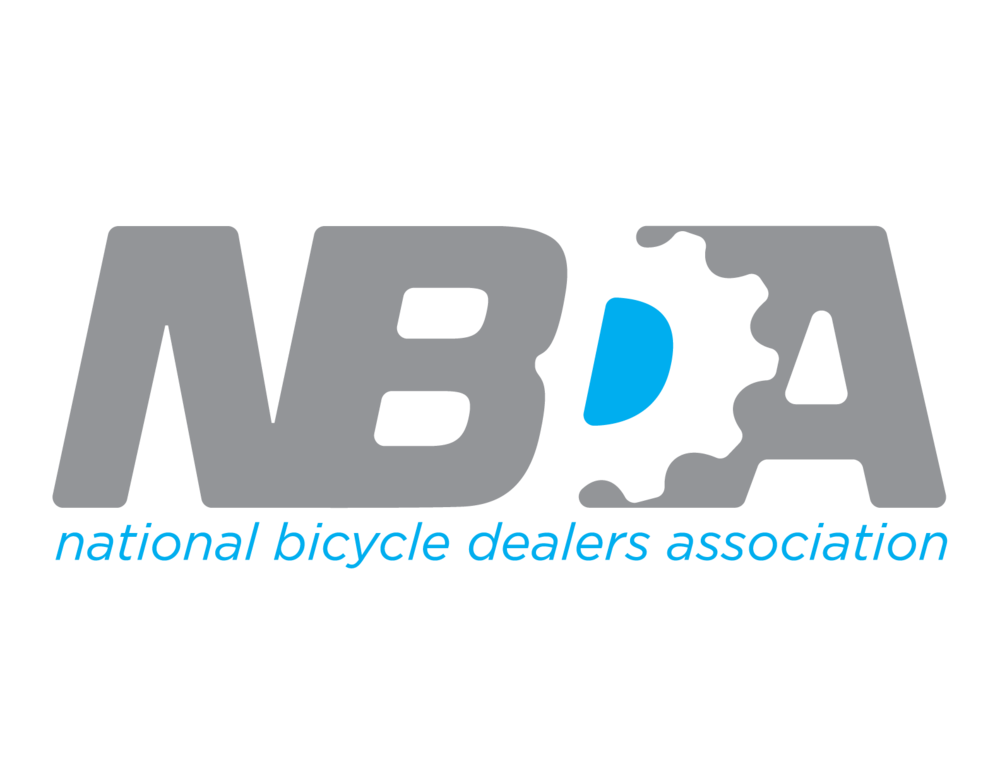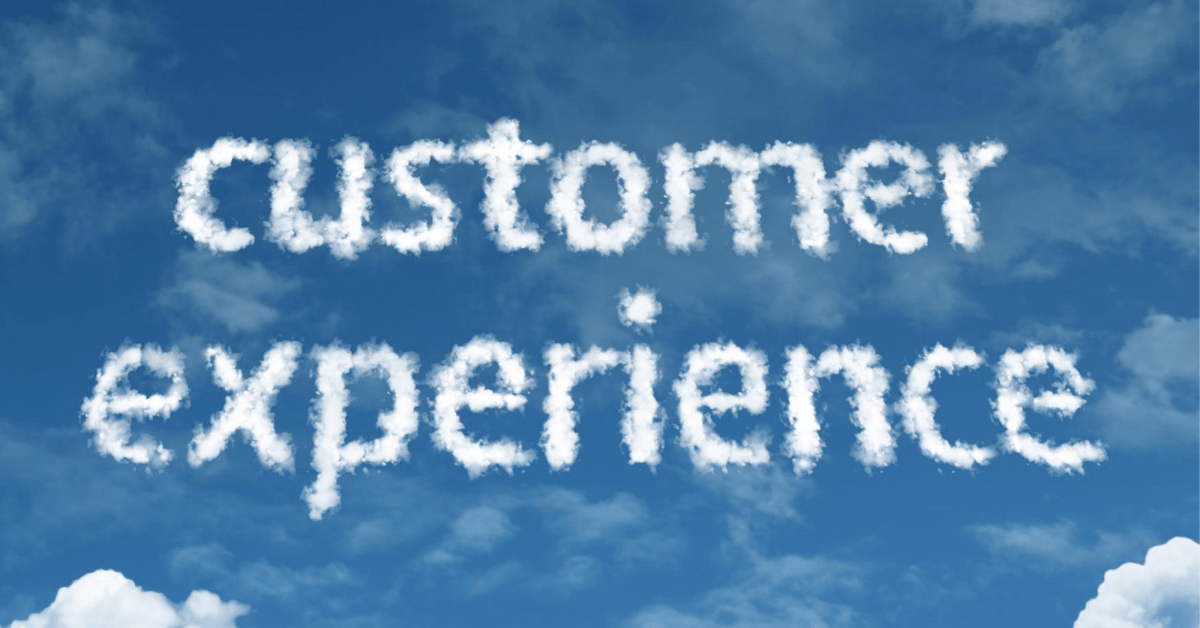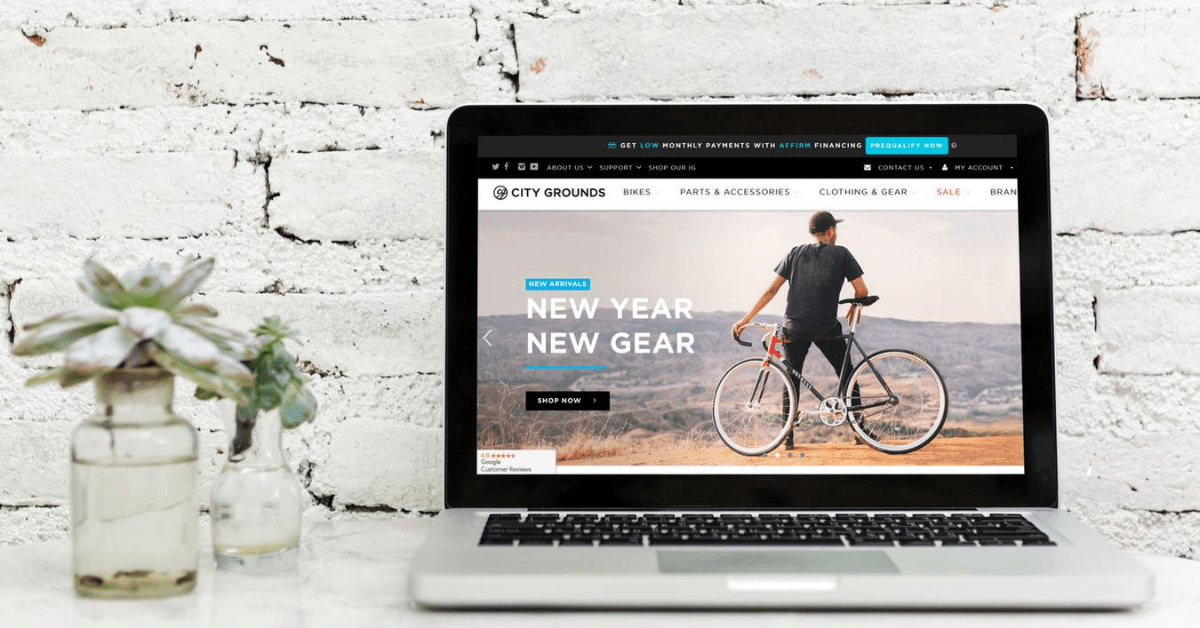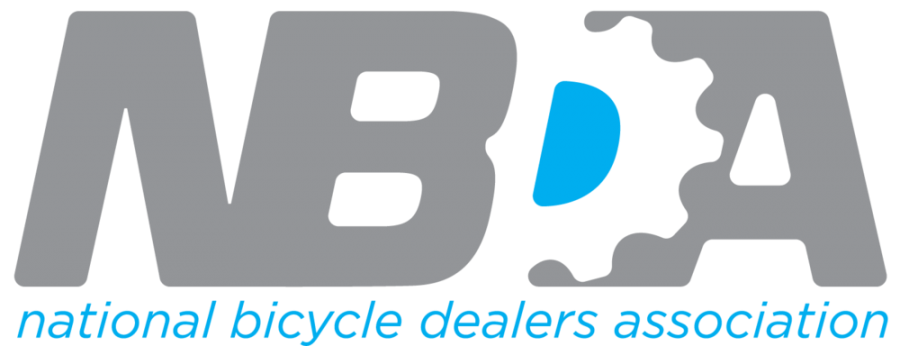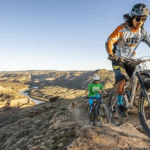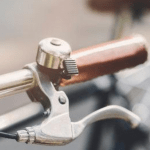The Truth About E-Bike Sales
The Not-So-Shocking Truth About E-Bike Sales
Electric specialty stores take a different approach to selling; here are some ideas and insights from them and a traditional retailer who’s supercharged sales with e-bikes.
Words by Scott Chapin
Over the past decade as a bike industry insurance risk specialist, I’ve had thousands of conversations with bicycle retailers regarding their day-to-day operations to ensure their exposures properly. It’s become pretty easy to identify trends and differences between different types of shops. A few years ago, when I started working with a lot of e-bike specialty stores, I quickly noted that these shops were quite different from most independent bike dealers (IBDs).
Most e-bike shop owners, for example, have never before worked in a bike shop. They tend to have business experience outside of the bicycle industry. Their methods for selling bikes differ from traditional IBDs—partially due to their industry outsider backgrounds, and partly because e-bike customers typically differ from standard bike customers—in unusual, sometimes surprising ways. To learn more about what they’re doing differently, I reached out to a few, as well as one traditional (and very well-known) dealer that’s seen a great deal of recent growth from e-bike sales. Approach it with an open mind, and perhaps you’ll find something worth applying in your shop.
Plays from the Pedego Playbook
At Marsh & McLennan Agency, we work with a lot of Pedego dealers and have closely watched their brand’s growth. Their marketing campaign is robust and includes celebrity endorsements from the likes of William Shatner, Martha Stewart, and Denise Austin.
Mike Nelson from Pedego Redmond in Redmond, Washington, says that most Pedego dealers are entrepreneurs with prior business or leadership experience and that many are ex-military. “The dealership model tends to attract entrepreneurs,” he says, “compared to a franchise model, which tends to attract investors.” They count on word-of-mouth—he feels that every time they sell a bike and create a great customer experience, they get at least two referrals into the shop—and “aggressive” Google Ads marketing to attract new customers.
Pedego suggests purchasing a list of “words,” and Nelson believes that roughly 60 to 70 percent of his business can be tied to this specific marketing. When he opened the store last March, he spent $300 each month on Google ads, and an additional $300 on Yelp. This year, they plan to pay $1,200 per month on each. As Redmond is a very tech-centric community—with local Google and Microsoft campuses—Nelson says that his customers shop using technology. Additionally, he finds that most e-bike customers come into the shop between three and five times before buying; these do not impulse purchases, in other words.
Custom bike tours—visiting wine country or tasting gourmet food, for example—have proven an effective sales tactic for Nelson’s shop, and other Pedego dealers, too. The same is actual bike rentals—they do a free location for prospective buyers—half of which come from residents, while the other half are from visitors. Many customers are repeat Pedego renters who use bikes like they would a rental car. Others are locals who rent over and over again when they have visitors and take them out on tours.
Pedego Redmond employs a full-time mechanic, who routinely does work on non-customer bikes and maintains Pedegos. They do sell some accessories, but since they’re located across the street from an IBD, they don’t specialize in accessorizing non-Pedegos. Instead, the two businesses do cross-referrals, which allows them to keep their inventory levels lower than most IBDs.
Many e-bike customers were once pure cyclists, notes Nelson, and it can be hard for some of them to transition to riding an e-bike. The key to making a sale, in that case, is to help make them comfortable with that change. “It’s more about being empathetic,” Nelson says. “Some people are surrendering parts of their persona to make the switch. You have to identify the barriers, describe how that makes you feel, and gently help them understand that in some cases, it will keep you out and about, doing what you love, and for longer.” A caveat? None of that applies, he says, to customers who are new to cycling.” />
 E-Bike Sales Tip:
E-Bike Sales Tip:
Many e-bike customers were once pure cyclists, notes Nelson, and it can be hard for some of them to transition to riding an e-bike. The key to making a sale, in that case, is to help make them comfortable with that change. “It’s more about being empathetic,” Nelson says. “Some people are surrendering parts of their persona to make the switch. You have to identify the barriers, describe how that makes you feel, and gently help them understand that in some cases, it will keep you out and about, doing what you love, and for longer.” A caveat? None of that applies, he says, to customers who are new to cycling.
New Focus on E-Bikes: Insights from Wheel & Sprocket
Noel Kegel, co-owner of Wisconsin’s Wheel & Sprocket, says that their shops have 20-plus years of experience selling e-bikes. They have recently decided a couple of years ago to create their e-bike specialty store at their Brookfield location, with a separate entrance, separate space, and different manager. To the customer, this shop appears to be completely independent of the more traditional W&S store next door.
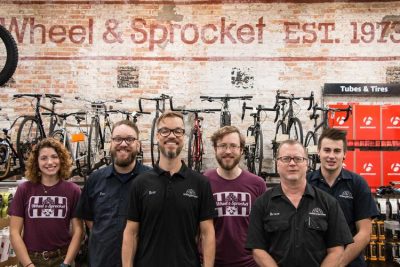
The gang at Wheel & Sprocket. (Signal Path Creative)
Meanwhile, they’ve made e-bike sales a priority at their other locations. Their priority in the sales process is to steer a customer towards an e-bike if only to get them to try one. They may end up purchasing a traditional bike, of course, but they’ve found this selling method quite effective.
Kegel says that most of their e-bike customers are Baby Boomers. Many people in that generation have been more active than previous generations, and want to remain so, but may have health or mobility issues that prevent them. For those people, e-bikes present the right solution—and it helps that they have the disposable income to afford the pricier e-bikes. Without e-bikes, many of these customers will fall out of the bicycle market. He also notes that they’re seeing more new customers by offering e-bikes.
After one year of having the e-bike superstore, the Kegels (Noel owns W&S with his sister, Amelia) decided it wasn’t essential to have a separate store. They feel the Wheel & Sprocket brand has tremendous value and will take the lead on their e-bike marketing. Last year, e-bikes amounted to four percent of the company’s unit sales and 12 percent of its dollars—more than double previous years.
Kegel agrees with what many have said before, that demo opportunities are valuable. Wheel & Sprocket conducted over 1,000 test rides at its annual Bike Expo Sale at Wisconsin State Fair Park. They also try hard to bring demo e-bikes to any event they sponsor. Kegels believes that, in the future, e-bikes will become commonplace enough that they’re simply viewed as “bicycles.” In this future, IBDs will become the mainstream outlet for e-bike sales. For now, though, he thinks e-bike stores have an advantage in most markets because most traditional bicycle retails don’t stock many e-bikes.
The Right Sales Platform: Cynergy E-Bikes
Most customers find Portland, Oregon’s Cynergy E-Bikes via the web, says owner Rich Fein, and they only come into the shop a couple of times before purchasing. That’s because it’s in more of a destination location, with very little pedestrian traffic, which Fein says helps avoid the “tire kickers.” Instead, most people who walk through his doors intend to buy and are coming in specifically to test ride one or more of his ten brands of e-bikes. Cynergy doesn’t maintain a big accessory inventory but sees value in rounding out the sale. Their main profit center is selling e-bikes, and while service and accessories aren’t profiting drivers, the shop views them as necessities. Unlike Pedego Redmond, Cynergy is hesitant to work on bike brands they don’t sell. Getting parts for other e-bike brands and models can be difficult, not to mention entails more potential liability.
Are E-Bike Customers Different? Bulls Bikes Weighs In
Sharon Yu, the general manager of e-bike manufacturer Bulls Bikes USA, believes that e-bike customers are typically better informed about the products they’re seeking compared to non-e-bike customers, except for serious enthusiasts.
Asked if she sees any differences in how e-bikes are sold compared to traditional bicycles, she said, “There seems to be a greater diversity of sales styles among e-bike dealers. Some are traditional bike shops, or function similarly in that they display and stock a bunch of bikes, most likely to have what customers are looking for on the floor. On the other hand, others curate a minimalist experience where they highlight a few models from a few select brands and sell e-bikes from among those and from catalogs. Across the board, though, the ability to touch, feel, and ride an e-bike seems to be a bit more imperative than with a traditional bike.”
The Bottom Line: What’s More Profitable?
E-bike specialty stores have concentrated on selling e-bikes due to higher profit margins and more top profit dollars, mainly due to their higher price tags. As competition in the e-bike market continues to grow, those profit margins are likely to decrease because e-bikes will no longer be considered “niche” products. When that happens, e-bike specialty stores will have to shift more of their focus on selling accessories and services. This is exactly what’s happened in the traditional market—IBDs are rounding out sales with P&A and promoting their service departments—as profit margins as conventional bike sales have continued to shrink.
As it stands now, traditional IBDs that are heavily promoting e-bike sales are seeing financial success from those efforts, as the average sale price is higher, and margins tend to be bigger, than those from non-e-bikes. Continuing to learn precisely “who their e-bike customer is” will, ultimately, help them alter their sales and marketing platforms to increase their closing ratios and profits. And that’s what we’re hoping for, whether we’re selling a $200 cruiser or a $10,000 electric superbike.
Words by Scott Chapin
Scott Chapin is an accomplished mountain bike racer and a bicycle industry risk specialist with Marsh & McLennan Agency. He helps bike shop owners protect their assets and build more substantial businesses, and can be reached at 715-634-6513 or scott.chapin@marshmma.com.
 The NBDA has been here since 1946, representing and empowering specialty bicycle dealers in the United States through education, communications, research, advocacy, member discount programs, and promotional opportunities. As shops are facing never-before-seen circumstances, these resources offer a lifeline. Together, we will weather this. We at the NBDA will not waver in our commitment to serving our members even during this challenging time—but we need your support.
The NBDA has been here since 1946, representing and empowering specialty bicycle dealers in the United States through education, communications, research, advocacy, member discount programs, and promotional opportunities. As shops are facing never-before-seen circumstances, these resources offer a lifeline. Together, we will weather this. We at the NBDA will not waver in our commitment to serving our members even during this challenging time—but we need your support.
Now is the time to become a member as we join together to make one another stronger. Whether you’re a retailer or an industry partner, your membership in the NBDA is one of the best investments you’ll make this year.
Learn more about the benefits of being a member and join now.
